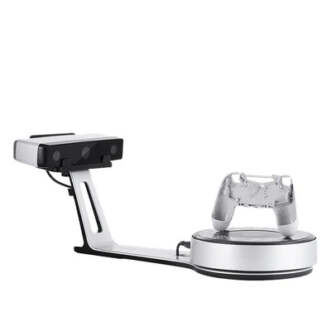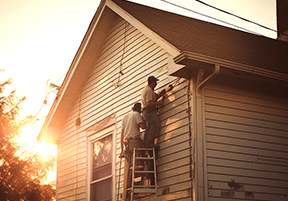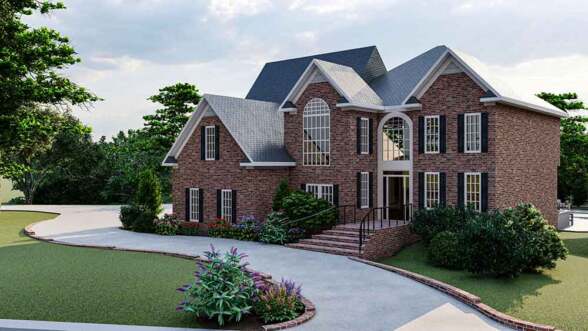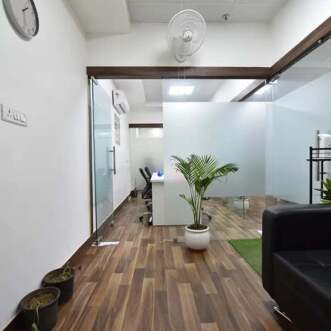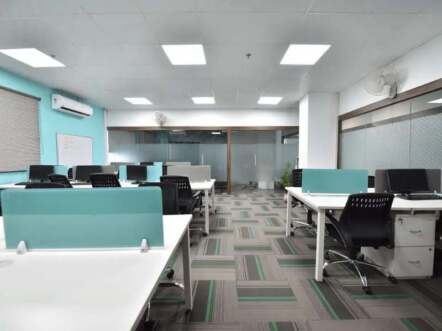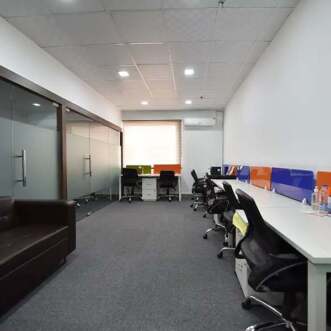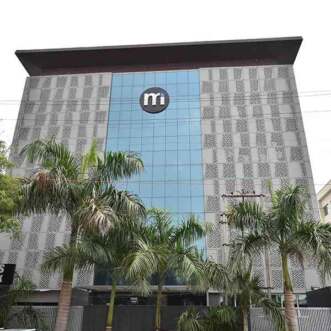
Pros and Cons of Ready and Under-Construction Property in Noida
If you’re considering purchasing or investing in a property, one major decision you make is whether to opt for a newly constructed property or an established home. Each option has its benefits and drawbacks, so carefully evaluate both options before making a decision.
So, in this blog, let us examine and understand the pros and cons of ready and under-construction property to help you in making the decision.
Investing in Under-Construction Properties
If you intend to purchase an apartment in a project that is still under construction, knowing the benefits and drawbacks is necessary. Therefore, consider the advantages and disadvantages before making a choice
Pros of Under-Construction Properties
Cost Cutting: If the location, region, kind, and builder are all the same, a property that is ready for occupancy can cost between 10% and 30% more than one that is still under construction. Also, the under-construction properties provide flexible payment options providing an extra period for full payment.
Elevated Returns: The cost of a property increases as the building advances. Additionally, throughout this time, local infrastructure upgrades raise the value of a property. Consequently, it makes sense to buy a property when it is still developing. Therefore, you can gain healthy profit if you plan to sell the place later or during the possession.
RERA Compliance: If a property had an occupancy certificate as of May 1, 2017, it must register under the state’s RERA. As a result, RERA will consistently apply to properties that are still being built, and those properties will be obligated to follow ethical business principles.
Read More- https://newswordwide.com/noida-authority-launches-group-housing-plot-scheme/
Cons of Under-Construction Property
Risk Factor: Investing in a project, still in the planning stages carries some risk. In certain situations, the builder has failed to deliver on time or, in more serious circumstances, does not build a property. It links to several factors, including a shortage of money, an increase in the price of building supplies, and an increase in interest rates, among others. Therefore, it is advisable to research the builder before investing in a project still in the planning stages.
Tax Implications: GST implications and other taxes vary according to the property loans. The benefits often have a correlation to the ready-to-move property type under the Income Tax Act sections. If the construction is complete and the homeowner moves in within three years of receiving the loan, the interest paid on a house loan for a self-occupied property is tax deductible up to Rs 2.5 lakh. On the other hand, one has to pay additional GST as per the property cost for under-construction possessions.
Disparity: The risk of not getting the promised product upon taking possession is one of the most common issues with construction residences. Common inconsistencies include a smaller-than-promised amount of usable area, an altered layout, and inadequate amenities.
Read More- https://newswordwide.com/indane-gas-cylinder-booking-made-easy-step-by-step-guide/
Investing in a Ready to move Property
A ready-to-move property may fit some, but not others. However, if you plan to invest in an already-built property, check its pros and cons for better clarity and the right investment.
Pros of a Ready Residence
Exact Detailing: The main advantage of ready-to-move is you receive what you see. You can physically visit and inspect your property to make sure it has all the characteristics you desire before making a payment. It’s a good idea to talk to the neighbors about any issues that are not immediately obvious to us, including the water quality in the building.
Instant Availability: One of the advantages of a ready unit is the absence of a waiting period. Therefore, you can move in after making the payment and completing the necessary paperwork. If you decide to finance your home purchase, you will also be relieved of the extra duty of paying your rent and EMIs.
No GST Implications: For Under-construction properties, you have to pay around 5% of the tax, but the ready properties are not liable for the tax.
Cons of Ready Properties
Property Construction Period: A property ready for occupancy may not always ensure a brand-new house, unlike a property that is still being built. The apartment you bought might not go up for sale for some time. If it hasn’t been properly maintained, it could therefore appear aged.
High Costing: The ready flats have a higher cost comparatively to the under-construction houses, which is one of the biggest drawbacks. Builders charge more for these properties because they deliver a finished home that is instantly available.
No Quality Check: In the ready-to-move properties, you are unable to check the quality of the material or the sturdiness of the foundation, which is possible in the under-construction property.
Conclusion
You have now come across the pros and cons of both property types. While the under-construction will acquire 5% of the GST, the ready-to-move will not include this. On the other hand, a ready property requires more investment at a time while the payment options and loan facilities require flexible payment methods for under-construction property.
Therefore, both property types have their advantages and disadvantages. By analyzing your requirements and budget, you can invest in a property better suitable for you.
Read More- https://newswordwide.com/yeida-plot-scheme-2023/

